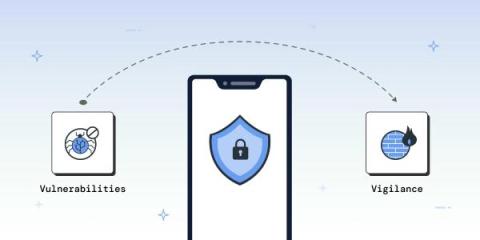Security | Threat Detection | Cyberattacks | DevSecOps | Compliance
Latest News
A brief guide to automated penetration testing
The Role of Penetration Testing in Cybersecurity Services
The drawbacks of building an in-house penetration testing team
Penetration testing is a critical defence mechanism in cybersecurity. It’s a process where experts mimic cyberattacks on your systems, networks or applications, identifying vulnerabilities before they can be exploited maliciously. This proactive approach is essential for fortifying your defences and ensuring compliance with various industry standards.
How To Run a Penetration Test
You can run a penetration test by following the five stages: preparation, reconnaissance, penetration, reporting and remediation. Penetration tests are important to help protect an organization from security breaches and data leaks. Cybercriminals are always looking for vulnerabilities within an organization’s system to steal their sensitive data. Penetration testing helps organizations identify security vulnerabilities to help prevent security breaches.
What is penetration testing as a service (PTaaS)?
Streamlining Your Pentesting Journey: A New Workflow for Assessments
In our continuous endeavour to innovate and improve, we are thrilled to introduce our new workflow for assessments. Designed with a focus on efficiency and user-friendliness, this newly revised process is set to significantly enhance your experience during a pentest.
Types of Penetration Testing: Black Box, White Box & Grey Box
Cyber security pen testing can vary widely, covering applications, wireless, network services and physical assets. These could include internal and external infrastructure testing, web or mobile application testing, API testing, cloud and network configuration reviews, social engineering and even physical security testing.
Penetration Testing Software vs. Human Expertise: Finding the Right Balance
Penetration testing remains a crucial element in cybersecurity, providing organizations with the proactive means to identify and address security vulnerabilities long before they become opportunities for malicious actors. More than 75% of businesses perform pen-testing either to maintain their security posture or due to compliance reasons.
Mastering NIST Penetration Testing: Your Essential Guide to Robust Cybersecurity
Securing your organization’s information systems is a top priority in the ever-evolving digital landscape. Organizations face an ongoing battle against cyber threats; penetration testing is a powerful weapon to avoid these risks. The National Institute of Standards and Technology (NIST) Penetration Testing Framework, known as “nist pen testing,” offers a robust and structured approach to assessing and enhancing cybersecurity defences.









